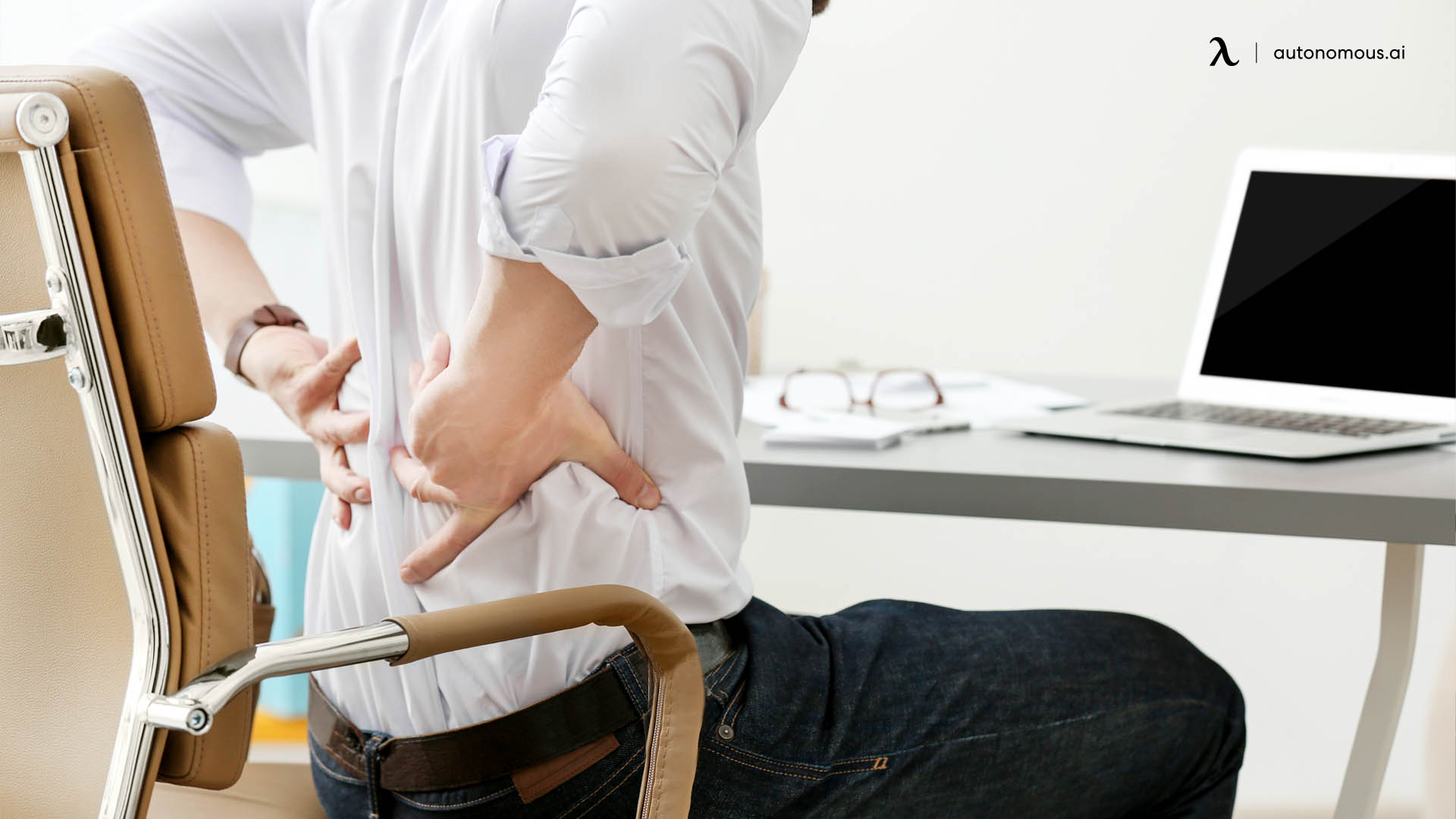Top Chair Features for Scoliosis Support

Choosing the right chair is crucial for managing scoliosis, a condition characterized by a sideways curvature of the spine. The right chair can significantly alleviate pain and discomfort, improving posture and overall quality of life. This section will delve into key chair features designed to provide optimal support and comfort for individuals with scoliosis.
Adjustable Lumbar Support, Height, and Armrests
Adjustable lumbar support, height, and armrests are fundamental features in a chair designed for scoliosis. Proper adjustment allows for personalized support, accommodating the individual’s unique spinal curvature and body dimensions. Let’s compare and contrast these features: Adjustable lumbar support directly targets the lower back, providing crucial support to counteract the spinal curvature. Adjustable height ensures proper positioning of the hips and knees at a 90-degree angle, maintaining a healthy posture. Finally, adjustable armrests allow for proper arm placement, reducing strain on the shoulders and neck, which can be significantly impacted by scoliosis. The interplay of these features is essential: incorrect lumbar support can negate the benefits of proper height adjustment, and vice-versa. Optimal chair configuration requires careful consideration of all three elements in conjunction.
Proper Back Support and Seat Depth for Scoliosis Sufferers, Best desk chair for scoliosis
The chair’s back support and seat depth are critical for maintaining proper spinal alignment and distributing weight evenly. Inadequate support can exacerbate existing spinal curvature and lead to discomfort. Ideal measurements and adjustments should be considered:
- Back Support: The backrest should be tall enough to support the entire back, ideally extending to the upper thoracic spine. It should also have a slight curve to conform to the natural curvature of the spine. Consider a backrest with adjustable lumbar support to further enhance the fit.
- Seat Depth: The seat depth should allow for proper thigh support without putting pressure on the back of the knees. A good rule of thumb is to ensure there’s about 2-3 inches of space between the back of the knees and the seat’s edge. This allows for proper blood circulation and prevents discomfort.
Breathable Materials and Proper Weight Distribution
Breathable materials and proper weight distribution contribute significantly to comfort and overall well-being while seated. Poorly ventilated materials can lead to overheating and discomfort, especially during prolonged sitting. Even weight distribution minimizes pressure points that can exacerbate scoliosis-related pain.
| Material | Breathability | Durability | Comfort |
|---|---|---|---|
| Mesh | High | Moderate | Good |
| Leather | Low | High | Moderate |
| Fabric (Cotton/Polyester blend) | Moderate | Moderate | Good |
| Faux Leather | Low | High | Moderate |
Chair Types and Recommendations: Best Desk Chair For Scoliosis

Choosing the right chair for scoliosis can significantly impact comfort and spinal health. The ideal chair will provide adequate support, promote proper posture, and allow for adjustments to accommodate individual needs and varying degrees of spinal curvature. Several chair types are commonly recommended, each with its own set of advantages and disadvantages.
Ergonomic Chairs
Ergonomic chairs are designed to support the natural curves of the spine and promote good posture. They often feature adjustable features like lumbar support, seat height, armrests, and backrest angle. These adjustments are crucial for scoliosis management, allowing users to customize the chair to their specific needs and spinal curvature. High-quality ergonomic chairs prioritize proper spinal alignment, which can help reduce pain and discomfort associated with scoliosis. However, finding the perfect fit requires careful consideration of individual needs and may involve some trial and error. For individuals with severe scoliosis, an ergonomic chair might need to be supplemented with additional support, such as cushions or back braces.
Kneeling Chairs
Kneeling chairs encourage an upright posture by positioning the user with their knees bent and hips slightly elevated. This posture can help alleviate pressure on the lower back and promote a more balanced spinal alignment. This can be beneficial for some individuals with scoliosis, especially those who experience lower back pain. However, kneeling chairs aren’t suitable for everyone, and they may not provide enough support for those with severe scoliosis or significant spinal rotation. Prolonged use might also lead to discomfort in the knees and ankles. It’s essential to use a kneeling chair correctly and to take breaks to avoid prolonged strain.
Adjustable Chairs
Adjustable chairs offer a range of customizable features, allowing users to tailor the chair to their specific needs. This includes adjusting the seat height, backrest angle, lumbar support, and armrests. The adaptability makes them a versatile option for individuals with scoliosis, enabling them to find a comfortable and supportive position. The level of adjustability can vary significantly between different chair models, so choosing a chair with a wide range of adjustments is important. While adjustable chairs offer significant benefits, the wide range of options might also lead to confusion during the selection process. It’s advisable to carefully consider all adjustable features before making a purchase.
Chair Type Comparison
| Chair Type | Pros | Cons | Scoliosis Severity Suitability |
|---|---|---|---|
| Ergonomic Chair | Excellent lumbar support, adjustable features, promotes good posture. | Can be expensive, may require trial and error to find the perfect fit. | Mild to moderate; may require additional support for severe cases. |
| Kneeling Chair | Encourages upright posture, alleviates lower back pressure. | May not be suitable for everyone, may cause knee discomfort, insufficient support for severe scoliosis. | Mild; generally not recommended for moderate to severe scoliosis. |
| Adjustable Chair | Highly customizable, versatile, caters to individual needs. | Can be expensive, many options may lead to confusion. | Mild to moderate; some highly adjustable models may suit severe cases with appropriate supplemental support. |
